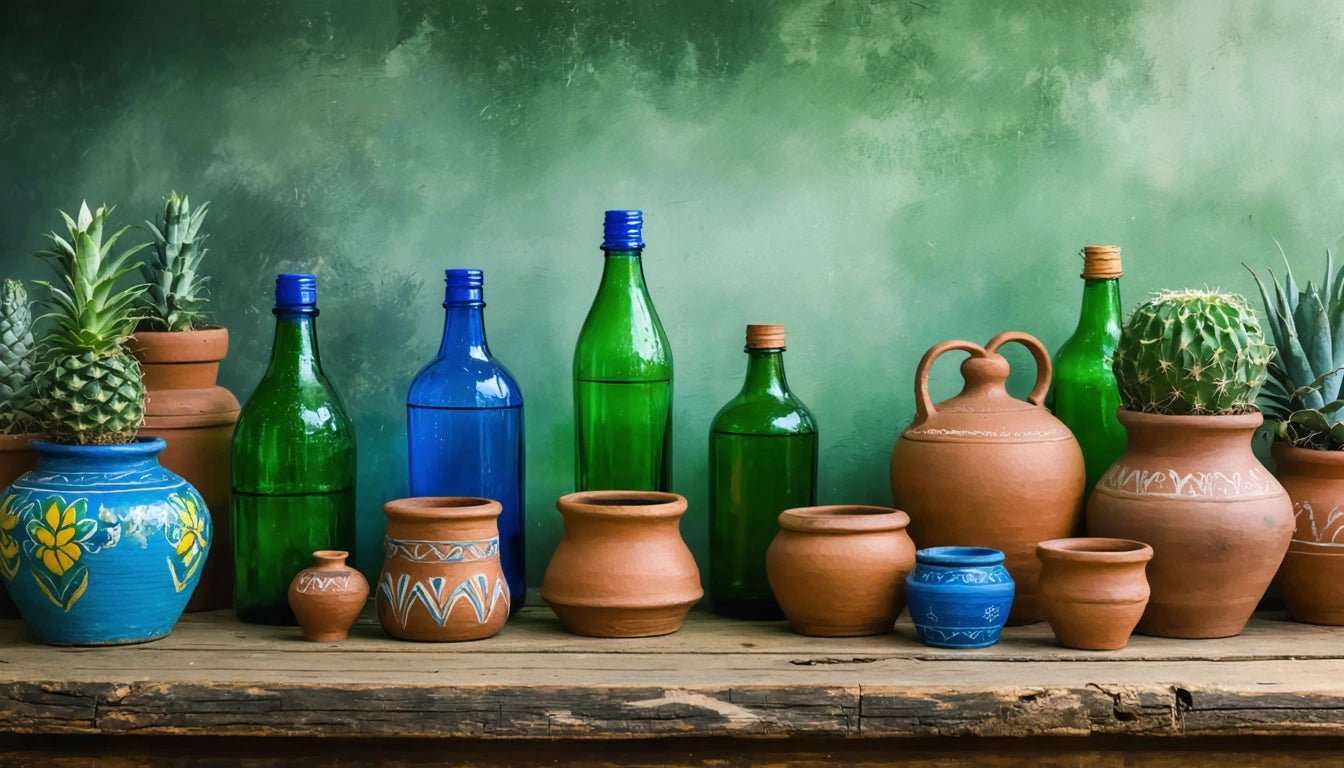Table of Contents
Understanding the Meaning and Cultural Significance of "Agua de Calzón"
The term "agua de calzón" (literally translated as "underwear water") refers to a folk practice found in various Latin American cultures, particularly in Mexico, parts of Central America, and some Caribbean communities. This traditional preparation has deep cultural roots and has been passed down through generations as part of folk magic and traditional healing practices.
Origins and Folklore Behind Agua de Calzón
Agua de calzón originated from folk magic traditions that blend indigenous practices with European influences brought during colonization. These practices often fall under the umbrella of "love magic" or "binding spells" intended to influence romantic relationships. The concept stems from sympathetic magic beliefs, where items in close contact with a person are thought to retain their essence or energy.
Similar practices exist across cultures, where personal items are used in folk remedies or magical rituals. Just as certain terms like "macaulish" have cultural significance in their communities, agua de calzón holds meaning within specific cultural contexts.
Cultural Context and Regional Variations
The practice and specific beliefs surrounding agua de calzón vary by region:
- In Mexico, it's often associated with "amarres de amor" (love bindings) and may be prepared with specific intentions related to maintaining relationships.
- In some Caribbean traditions, it's incorporated into spiritual practices influenced by African traditions and may be used differently.
- Urban areas often view it as superstition, while rural communities may preserve it as cultural heritage.
These variations highlight how cultural practices evolve differently across regions while maintaining core elements. Similarly, natural ingredients like mango butter and spirulina have different uses across cultures while sharing common properties.
Traditional Preparation Methods
Basic Elements
The traditional preparation involves soaking undergarments (typically worn by a woman) in water, sometimes with additional ingredients like cinnamon, honey, or specific herbs depending on regional variations. The resulting liquid might then be used in cooking or beverages intended for a specific person, usually a romantic partner.
Intended Purpose
The folk belief suggests that this preparation creates a strong emotional bond or attachment, supposedly ensuring fidelity or strengthening romantic connections. The practice reflects historical gender dynamics and beliefs about relationships that were common in traditional societies.
While discussing traditional preparations, it's worth noting how cultures develop specific containers and methods for various substances. Modern packaging standards emphasize safety features like child-resistant designs to protect against accidental exposure to potentially harmful contents, showing how practices evolve with safety awareness.
Modern Perspectives on Traditional Practices
Contemporary views on agua de calzón vary widely:
- Anthropologists study it as a cultural artifact reflecting historical gender roles and relationship dynamics.
- Health professionals generally discourage the practice due to hygiene concerns.
- Cultural preservationists may document it as part of folklore and cultural heritage without promoting its use.
- Feminist perspectives often critique the practice for reinforcing problematic relationship dynamics.
Modern society tends to approach such traditions with more critical analysis, similar to how we now decode and analyze language patterns rather than accepting them at face value.
Ethical Considerations and Cultural Sensitivity
When discussing cultural practices like agua de calzón, several ethical considerations arise:
Consent and Autonomy
Modern ethical standards emphasize informed consent in interpersonal relationships. Using substances without someone's knowledge contradicts contemporary values of transparency and autonomy.
Cultural Appreciation vs. Judgment
Discussing traditional practices requires balance between cultural sensitivity and ethical evaluation. Rather than dismissing traditions outright, understanding their historical context provides insight into cultural evolution.
This balanced approach applies to many cultural elements, from folk remedies to natural ingredients like cupuaçu butter that have traditional uses alongside modern applications.
Cultural Evolution and Contemporary Understanding
Traditional practices like agua de calzón represent how cultures preserve and transform beliefs across generations. While the literal practice may fade, the underlying themes of connection, intimacy, and relationship dynamics continue to evolve in modern contexts.
Today, many people approach such traditions as cultural curiosities rather than practical guides. Similar to how we now understand the purpose of sachets and fresheners scientifically rather than mystically, we can appreciate folk traditions while recognizing how cultural understanding progresses.
The persistence of agua de calzón in cultural memory demonstrates how intimately personal practices become embedded in folklore. Even as societies modernize and scientific understanding advances, these cultural touchpoints remain valuable windows into historical perspectives on relationships, gender, and personal connection.
By examining such practices with both cultural respect and critical awareness, we gain deeper insight into the complex tapestry of human belief systems and their evolution over time. This balanced perspective allows us to honor cultural heritage while embracing contemporary ethical standards and scientific understanding.



















